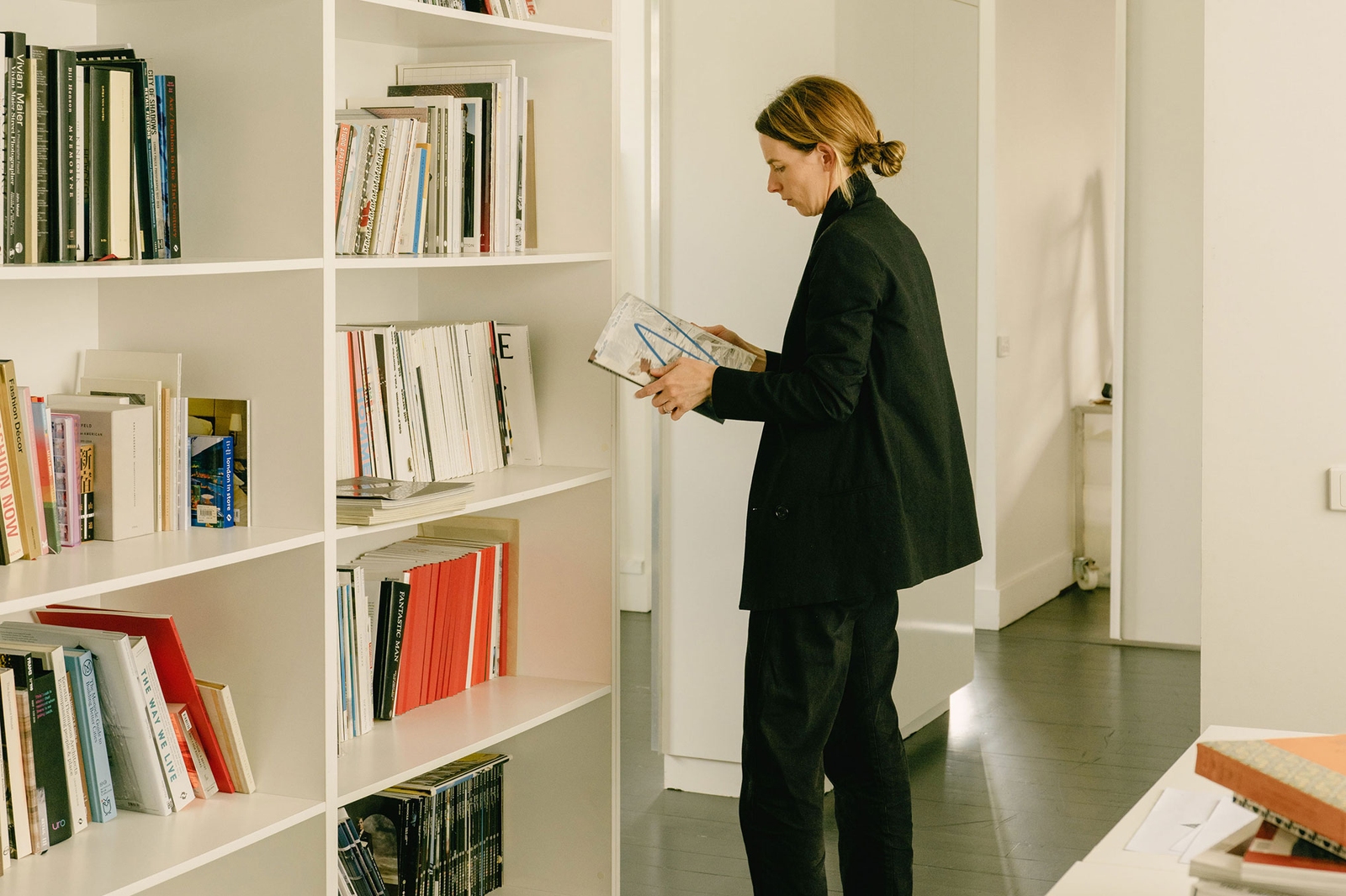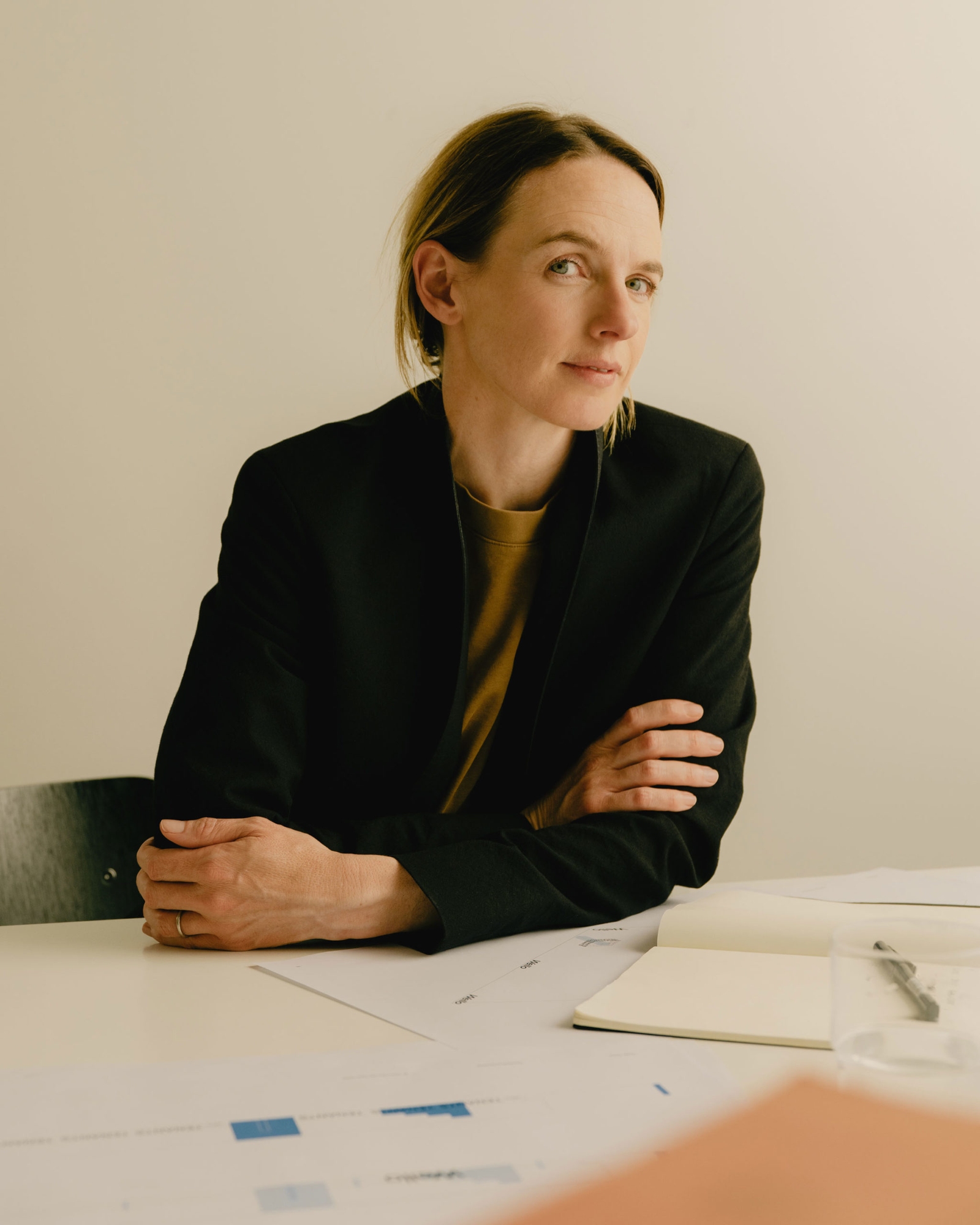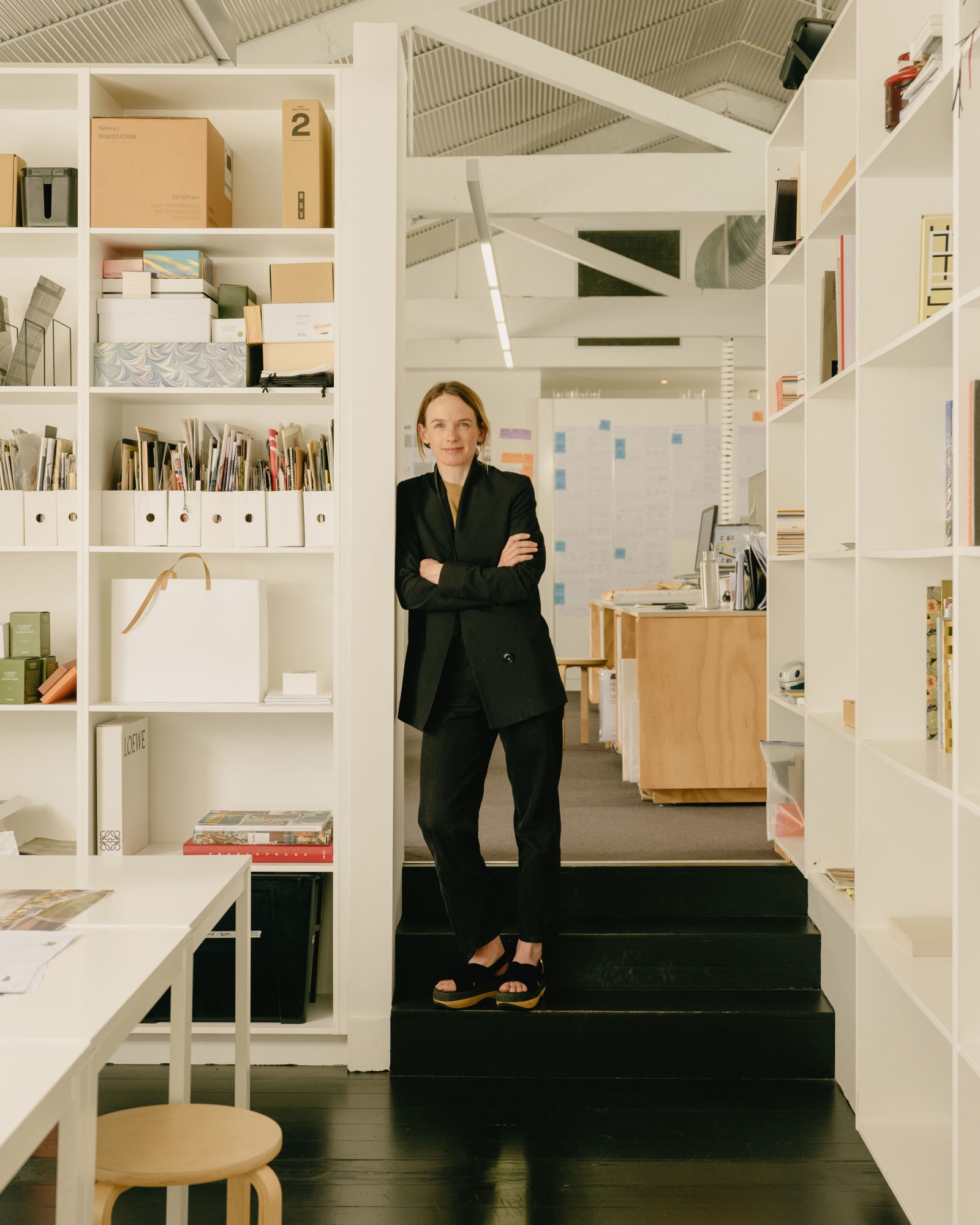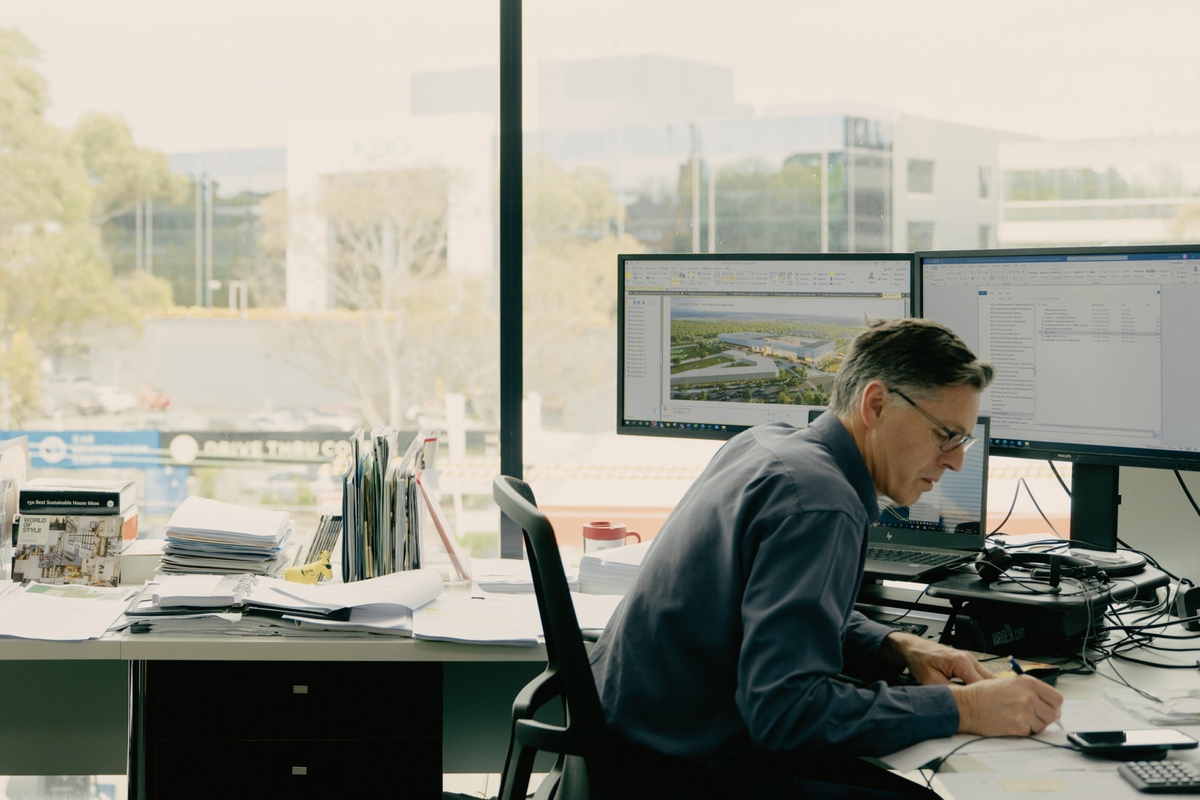Branding for Places and Spaces
Insight

Years Months Days has a broad offering. How do you describe what you do?
Fundamentally our work is quite simple – we strive for purpose. For us that means we create enduring brands by seeking purpose and vision first, and then translating this into meaningful outcomes and experiences.
To do this, we question, define and translate thinking for our clients before embarking on any design – this process opens up a discourse that allows new opportunities to emerge. Our projects are becoming more diverse and interesting because of this – extending beyond visual communication to include more forms of creative consultation.
We work at our best when we blend expertise – whether it’s a word, image, sign, sound or a fashion silhouette – we’re looking at how a brand communicates on multiple levels.
How have you brought that integrated offering to SRL?
Our process and experience across lifestyle industries has been invaluable to our work with SRL. We are able to bring knowledge and expertise from across sectors.
For the Wollert neighbourhood centre, our work for hotels, hospitality and retail clients provided a number of insights that helped shape the brand vision for the project. We consider how people interact within retail, public and hospitality spaces and how best to meet the needs of multiple audiences, and we’ve been able to apply this thinking to naming and brand identity through to signage, wayfinding and experiences.
On a project such as Wollert, where do you begin?
Wollert is an ambitious project with a strong community focus. We began by looking to understand the needs of the people first, as well as those of the tenants. The community consultation undertaken provided a number of insights, and we worked with SRL to distil all of the inputs and define the centre’s vision.
Our role then is to translate that into creative opportunities that can best support this narrative and select those that will have the most impact. In this case, our brief for the branding, signage and wayfinding became: how do we create a place to bring people together? How do we create a place to connect people, help them feel a sense of belonging and ownership? And how do we open people’s minds to something new?

You’re now working on the wayfinding for Wollert. How will you approach that?
We see wayfinding as a key experience of the brand. It’s more than just designing signage and directional signs to support someone’s journey. Our aim for Wollert is to elevate their experience. It’s about understanding the different users and looking for where we can create moments of delight in their journey.
For example, we know there will be a family focus at the centre with a swim school and family services. How can we engage children on their journeys and enhance their pathways with a playful experience?
There is a strong health and wellness theme in the centre. So, we’re also asking ourselves, how can we encourage movement or civic participation?
What else can signage achieve at Wollert?
Signage can support the placemaking. It can foster an affection and create a sense of ownership for the community.
We’re looking at how we can encourage care for a place. Shopping centres traditionally face problems with litter, trolley returns and vandalism, so how can we engage with the community and give them a sense of pride?
The signage could also include interpretive storytelling that picks up on some of the environmental initiatives SRL is undertaking to support their Green Star ambition. That could be stories around place, water, solar panels, or energy generated on-site.
Has your perception of retail centres changed having worked on this project?
Yes. I’m constantly impressed by SRL’s ambition and genuine desire to improve the quality of these centres. It’s about putting the people first, but many centres don’t. It’s very exciting to have a brief that is to go beyond what’s expected in this space and contribute something more to the community.
What are you looking forward to seeing at Wollert when it is complete?
I’d like to see the centre become part of a ritual; that it has moved beyond a place of transaction and become a place that leaves an impact or creates a memory. So, it might not be the swimming lesson, but the ice cream you have on the steps afterwards.
